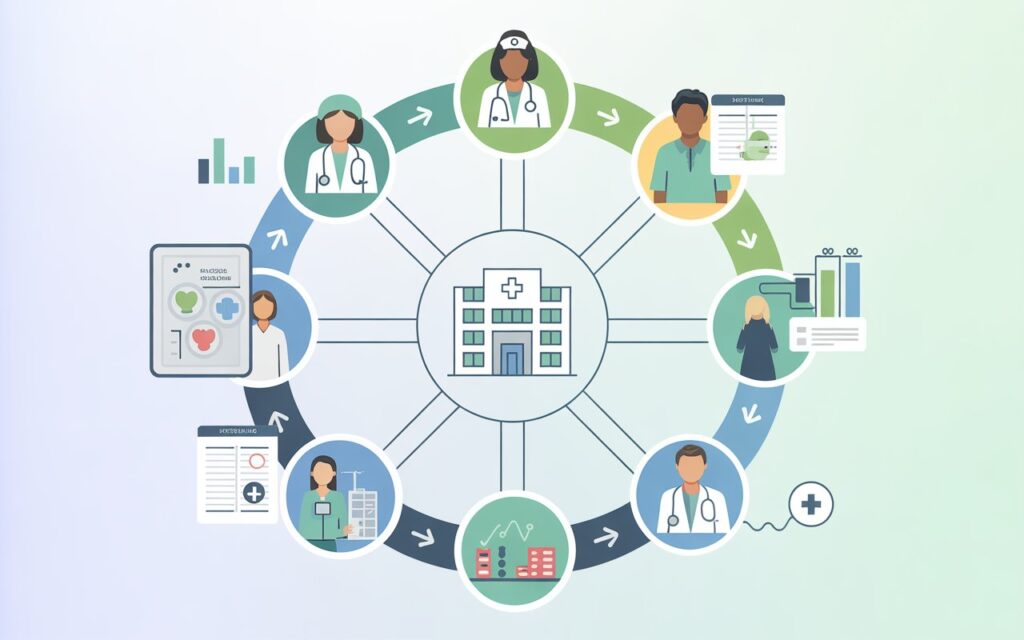Your skin is more than just a protective barrier; it’s a window into your overall health. Rashes, those pesky patches of red, itchy, or inflamed skin, can signal everything from minor irritations to serious underlying conditions. Understanding what your skin rashes might mean can help you address health issues early. This article explores common causes of skin rashes, their potential health implications, and when to seek medical attention, including scenarios where treatments like Ceftriaxone injection might be relevant.
What Are Skin Rashes?
A rash is any change in the skin’s appearance, often characterized by redness, bumps, itching, or scaling. Rashes can be localized or widespread, acute or chronic, and may come with symptoms like pain, swelling, or fever. They can stem from allergies, infections, autoimmune disorders, or even stress. Identifying the cause is key to determining whether a rash is a minor nuisance or a red flag for something more serious.
Common Causes of Skin Rashes
1. Allergic Reactions
Allergic contact dermatitis occurs when your skin reacts to an allergen, like poison ivy, nickel, or certain cosmetics. The result is often red, itchy, and sometimes blistered skin. Food allergies or medications (e.g., penicillin) can also trigger hives raised, itchy welts that appear suddenly. If a rash follows exposure to a new substance, an allergy might be the culprit.
Health Implication: Persistent or severe allergic rashes may indicate a need for allergy testing to prevent future reactions. In rare cases, anaphylaxis a life-threatening allergic response can cause widespread hives and requires immediate medical attention.
2. Infections
Bacterial, viral, or fungal infections are common rash culprits. For example
- Bacterial Infections: Impetigo causes honey-crusted sores, while cellulitis leads to red, swollen, and painful skin. Severe bacterial infections, like those caused by Streptococcus or Staphylococcus, may require antibiotics, including ceftriaxone injection, a broad-spectrum antibiotic used for serious infections like cellulitis or Lyme disease.
- Viral Infections: Measles, chickenpox, or shingles can cause distinctive rashes. Shingles, for instance, presents as a painful, blistering rash along nerve paths.
- Fungal Infections: Ringworm or yeast infections like candidiasis cause scaly, red patches, often in warm, moist areas.
Health Implication: Infection-related rashes often signal a compromised immune system or exposure to pathogens. If accompanied by fever, swelling, or pus, seek medical care, as treatments like Ceftriaxone injection may be necessary for bacterial causes.
3. Autoimmune Disorders
Autoimmune conditions, where the immune system attacks the body, often manifest as rashes. Lupus, for example, can cause a butterfly-shaped rash across the cheeks and nose. Psoriasis leads to thick, scaly plaques, while eczema (atopic dermatitis) results in dry, itchy patches.
Health Implication: These rashes suggest systemic inflammation. Lupus, for instance, can affect organs like the kidneys or heart, requiring comprehensive medical management. Persistent rashes with joint pain or fatigue warrant a doctor’s visit.
4. Stress and Hormonal Changes
Stress can trigger or worsen rashes like eczema or hives by releasing cortisol, which inflames the skin. Hormonal shifts, such as those during pregnancy or menopause, may cause rashes like melasma (dark patches) or pruritic urticarial papules and plaques of pregnancy (PUPPP).
Health Implication: Stress-related rashes may point to mental health challenges, while hormonal rashes could indicate endocrine imbalances. Managing stress or consulting an endocrinologist can help.
5. Drug Reactions
Medications, including antibiotics, anticonvulsants, or chemotherapy drugs, can cause rashes ranging from mild redness to severe conditions like Stevens-Johnson syndrome, a rare but life-threatening skin reaction. If you develop a rash after starting a new medication, contact your doctor immediately.
Health Implication: Drug rashes may signal an intolerance or allergy, requiring a change in treatment. Severe cases may need hospitalization.
When to Seek Medical Attention
Not all rashes require a doctor’s visit, but certain signs indicate a need for prompt evaluation
- Fever or Systemic Symptoms: A rash with fever, fatigue, or joint pain could indicate an infection or autoimmune disease. For bacterial infections, Ceftriaxone injection might be prescribed to combat pathogens like those causing Lyme disease or severe cellulitis.
- Rapid Spread or Blistering: Rashes that spread quickly or form blisters, especially with pain, may signal serious conditions like shingles or Stevens-Johnson syndrome.
- Difficulty Breathing or Swelling: These could indicate anaphylaxis, a medical emergency.
- No Improvement: If a rash persists beyond a week despite home care, consult a healthcare provider.
Diagnosing the Cause
Doctors diagnose rashes through physical exams, medical history, and sometimes tests like
- Skin Biopsy: A small sample of skin is analyzed for infections or autoimmune markers.
- Blood Tests: These can detect infections, allergies, or systemic diseases like lupus.
- Patch Testing: Used to identify allergens causing contact dermatitis.
For bacterial infections, a culture may confirm the need for antibiotics like Ceftriaxone injection, which is effective against a range of bacteria but requires medical supervision due to potential side effects like allergic reactions or gastrointestinal upset.
Treatment Options
Treatment depends on the rash’s cause
- Topical Treatments: Corticosteroid creams reduce inflammation in eczema or psoriasis.
- Antihistamines: These relieve itching from allergic rashes or hives.
- Antibiotics/Antivirals: For infections, Ceftriaxone injection may be used for severe bacterial cases, while antivirals treat shingles.
- Lifestyle Changes: Avoiding triggers, managing stress, or using hypoallergenic products can prevent recurrence.
Preventing Rashes
To minimize rashes
- Identify Triggers: Keep a diary to track foods, products, or stressors linked to flare-ups.
- Moisturize: Dry skin is prone to irritation, so use fragrance-free moisturizers.
- Practice Hygiene: Regular handwashing and clean clothing reduce infection risks.
- Protect Your Skin: Use sunscreen and avoid harsh chemicals or allergens.
The Role of Ceftriaxone Injection
Ceftriaxone injection is a powerful antibiotic reserved for serious bacterial infections, including those causing skin rashes like cellulitis, Lyme disease, or gonococcal infections. Administered intramuscularly or intravenously, it targets bacteria resistant to milder antibiotics. However, it’s not a first-line treatment for most rashes and should only be used under medical guidance due to risks like allergic reactions or antibiotic resistance.
Conclusion
Skin rashes are your body’s way of signaling that something’s off, whether it’s an allergy, infection, or systemic disease. While many rashes resolve with home care, persistent, painful, or systemic rashes demand attention. Treatments like Ceftriaxone injection highlight the importance of accurate diagnosis for bacterial causes. By listening to your skin and seeking timely care, you can address both the rash and its underlying health implications, keeping your body’s largest organ and your overall health in check.









